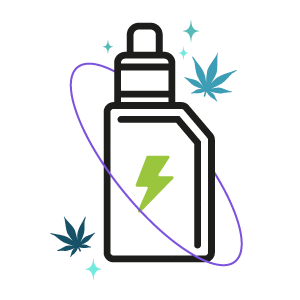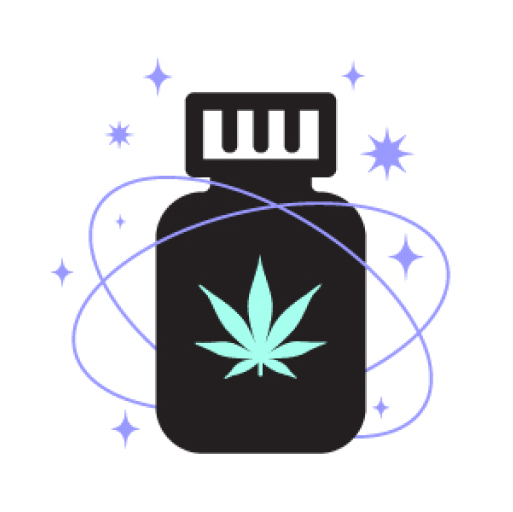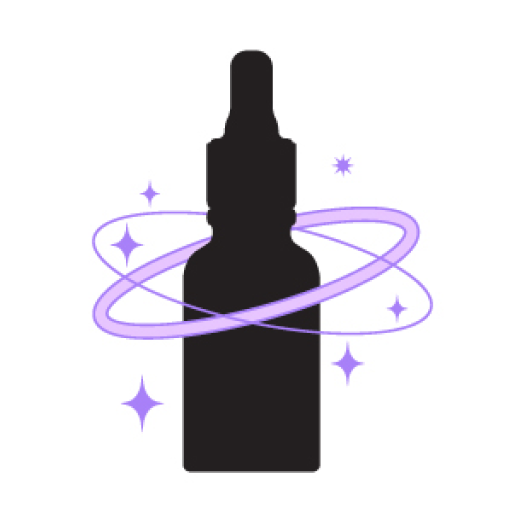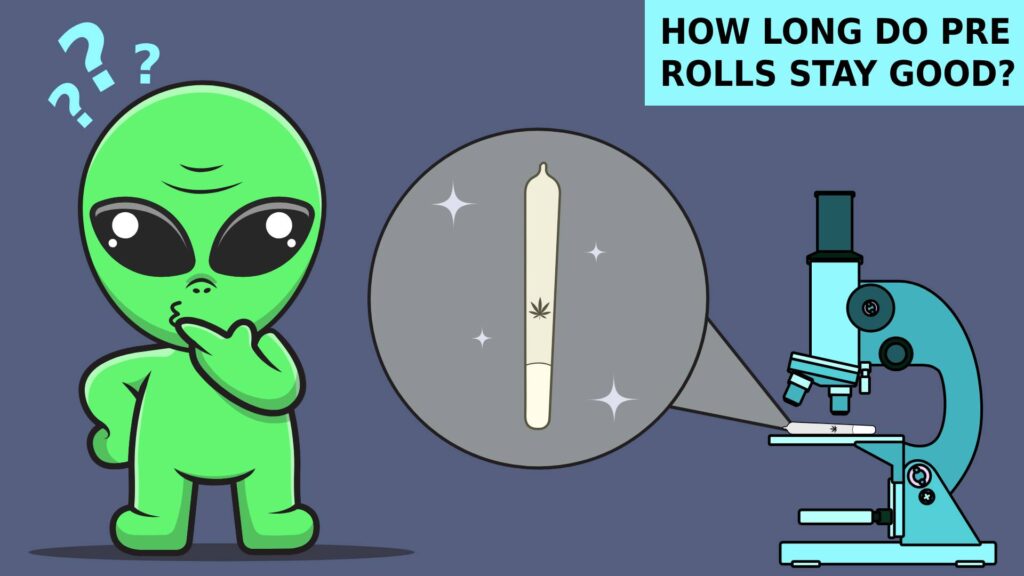How to Get Off Kratom Safely While Continuing to Reap Its Benefits?
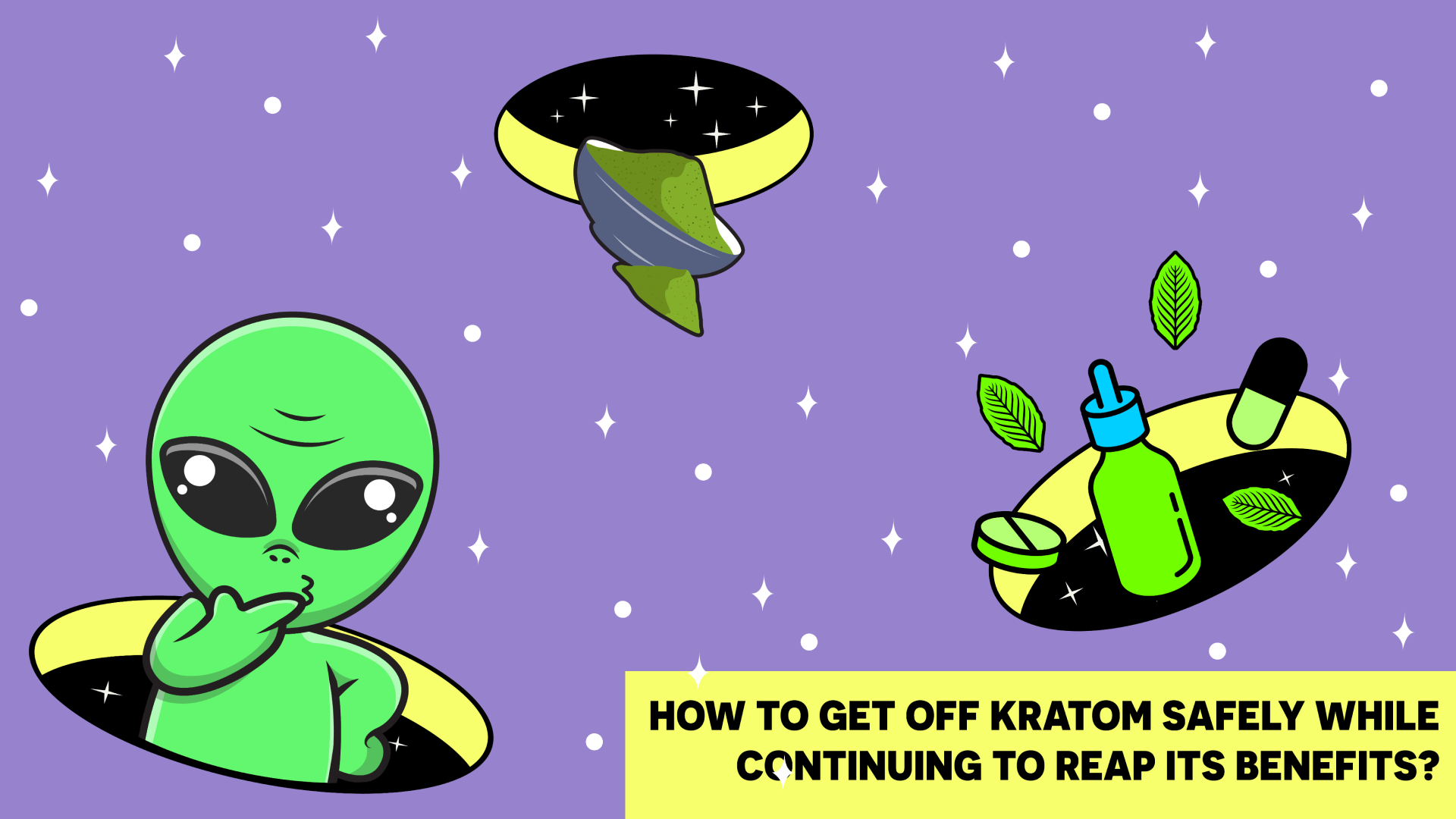
Southeast Asia is not just known for botanicals like turmeric and lemongrass; it is also a home for kratom. Scientifically known as “Mitragyna speciosa,” kratom is a tropical tree known for its medicinal properties. It is specifically grown in Thailand, Indonesia, Myanmar, and Papua New Guinea.
Of course, kratom has a long list of medicinal benefits. However, regular and excessive use of anything can lead to dependency. Getting off any addictive substance can be challenging, and kratom dependence is not something you would want, do you?
Keep reading on to understand kratom dependence treatment and how you can completely stop or reduce its use while still getting the benefit of its positive properties.
Understanding Kratom and Its Benefits
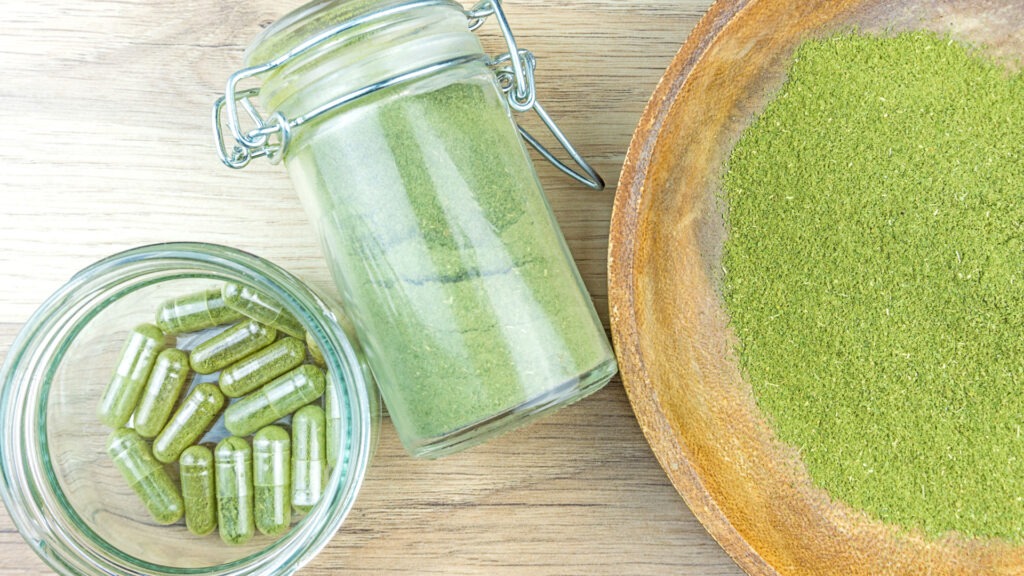
Kratom consists of two active elements, Mitragynine and 7-Hydroxymitragynine. These alkaloids work with your brain’s opioid receptors to produce stimulant and sedative effects in low doses.
Using it in low doses and keeping a self-check is the only rule you must follow to get positive results. Moderate and responsible use of kratom can potentially benefit in the following ways:
Pain Relief
Kratom produces a sedative effect that provides you with pain relief. For those seeking an alternative to prescribed medicine, kratom tea or pills can help them get relief from chronic pain with moderate use.
Opioid Withdrawal
Kratom has been promoted as a cure for opioid addiction, too. For those who are suffering from other opioid substance addictions, kratom can help deal with withdrawal when consumed responsibly.
Enhanced Energy
When used in smaller doses, kratom can give stimulant-like effects that may result in better focus, mental clarity, and a boost in physical energy. 7-Hydroxymitragynine pills are known for their effects, like enhanced mood, focus and relaxation.
Read More Here: Energizing Properties Of Kratom Powder
Reasons for Wanting to Get Off Kratom?
Kratom may become an addiction or create dependency. There are various reasons why you would want to get off kratom. Some of those might be:
Tolerance
In the same way that sometimes your body can build tolerance against some prescribed medicines when you take them for a long time, kratom can also build tolerance.
The tolerance built against kratom can diminish its effect in smaller doses. You might need to take high doses to get the same effect, which can put you in a cycle of increased consumption.
Dependency
Kratom is less addictive, but it is still a part of the opioid family. Like any other traditional opioid, regular use of kratom can also result in physical or psychological dependence.
Like other opioids, kratom also needs to be withdrawn if you suffer from any type of dependency. The risk of dependency can be another reason why you would want to get off kratom.
Health
Long-term usage of kratom, especially in high dosage, can leave you with various health concerns. It can affect organs such as the liver and kidney or have effects like nausea or digestive issues.
You should avoid using kratom in high doses or consider tapering kratom if you suffer from any side effects.
Preparing for a Safe Transition: Steps Before Reducing Kratom
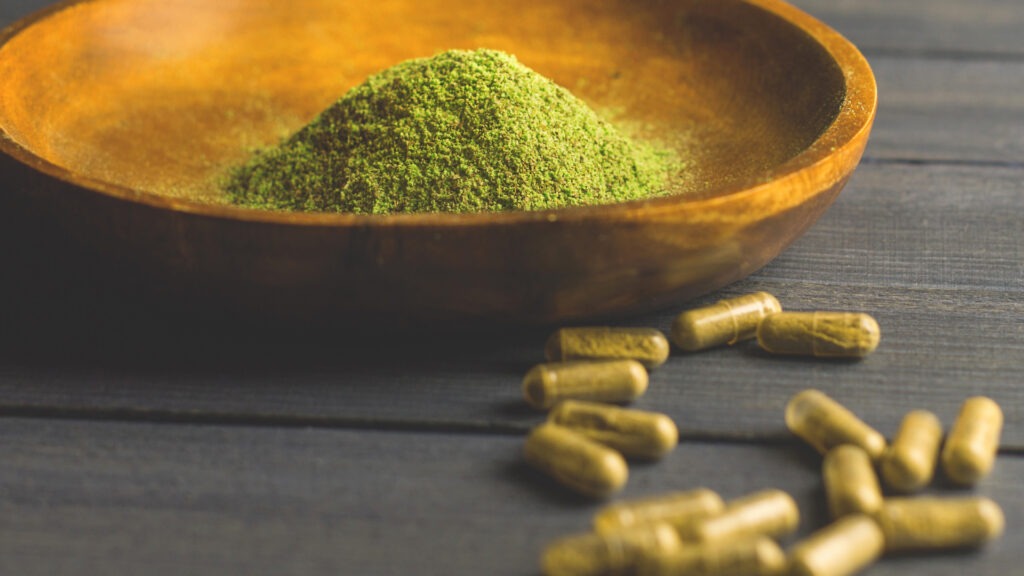
To ensure a safe and successful transition from kratom dependency to no or less kratom, you can consider following these steps:
Step#1: Assessing Your Kratom Usage
Assessing your kratom usage pattern is essential for understanding your dependency level. You can keep track of your daily usage by keeping a journal or taking notes on your phone. Keep track of time, amount of dose, and reason for use to create a successful tapering strategy.
Step#2: Setting Clear Goals
After assessing the usage pattern, you can set clear goals for transition. Decide whether you want to reduce your use of kratom or quit it entirely. You can set measurable goals such as “reduce daily intake by 10%” or “use kratom for only pain relief.”
Step#3: Professional Opinion
If possible, consider taking a medical opinion from a healthcare provider to ensure the transition is safe. They can provide guidance or monitor your progress, especially if you are dealing with any health concerns.
Step#4: Support System
Withdrawing from anything becomes easier when you are in a supportive environment. You don’t have to go through your transition journey alone. To bring accountability and create momentum, you can consider sharing your plan with friends or family or joining online support groups.
Tapering Off Kratom Safely
The way you get addicted to substances with time, you can also withdraw from them with time.
Taking the time and doing it gradually is more important than trying to quit it immediately and managing all the withdrawal symptoms at once.
Related Blog: Do’s and Don’ts You Need to Know
How to Develop a Tapering Schedule?
Developing a self-tracking tapering schedule is a great place to start. Start by giving yourself a goal like “decreasing dosage by 10-20% every week”. Then, break them down into small daily milestones to help ease the process in a healthy and achievable way.
Check with yourself every day how you are doing on those goals. You can also consider keeping a self-assessment journal to adjust the taper according to how your body feels about kratom detox.
Managing Mild Withdrawal Symptoms (If Any)
Kratom withdrawal can come with some mild and manageable withdrawal symptoms. Some of them are:
Mild Anxiety
To ease the mild anxiety, you can stay hydrated and consider engaging in activities like yoga, deep breathing, or meditation.
Insomnia
Creating a bedtime routine, drinking calming teas, dietary adjustments, or reducing screen time before bed can help manage insomnia in a healthy way.
Restlessness
To reduce the discomfort caused by restlessness, you can do light physical activities, like walking or stretching.
Continuing to Reap Kratom’s Benefits After Reducing Use
Gradual reduction can allow you to still benefit from kratom without over-reliance. It is possible to maintain some of its positive benefits while reducing or stopping kratom. Some of those ways are:
Spacing Out
If you use kratom daily, then you can consider gradually increasing the time between doses and consuming it every alternate day. Further, you can keep increasing the gap as per the withdrawal schedule you created.
Increasing the intervals between consumption can help your body adjust naturally with mild or no withdrawal symptoms.
Lowering Dosage
Lowering the dosage over time is another strategy that can help you reduce the use of kratom while still reaping its benefits. Kratom is supposed to be used in smaller doses for gentle energy lift and relief from pain and anxiety.
So, set your goals and reduce the dosages over time while still enjoying the positive effect.
Healthy Alternatives
You can start gradually shifting to other healthy alternatives to kratom. You can engage in mental stimulation activities, physical activities or relaxation techniques.
You can also consider incorporating anti-inflammatory foods like turmeric, ginger, and leafy greens. Meditation and deep breathing can also help ease anxiety and ensure calmness.
Conclusion
A medicinal herb like kratom has many potential positive effects, like pain relief, reduced anxiety, or mental clarity. However, excess of anything can become problematic over time. A healthy relationship with your mind and body is more important than any addictive substance. If you feel like you need to get off kratom, you can start your journey of gradual reduction easily.
To ensure you can enjoy or reduce kratom while maintaining safe usage, try the Kula Can Kratom Infused Seltzer from our website. It can help during withdrawal because it contains a very low content of kratom. Moreover, all Elyxr products come with third-party lab test reports, so you will only get the best quality.
Frequently Asked Questions
Q1. How To Get Off Kratom?
The safest and most responsible way to get off kratom is through gradual reduction over time. You can reduce your usage by 10-20% each week and avoid getting caught up with withdrawal symptoms.
Q2. What Are Kratom Withdrawal Symptoms?
Kratom withdrawal symptoms typically depend on individual usage patterns. However, some of the most common withdrawal symptoms can be mild anxiety, insomnia, irritability, and restlessness.
Q3. Is Kratom Addictive?
Yes, long-term use of kratom in high doses can be addictive and can create reliance and dependency. The alkaloids found in kratom can lead to physical or psychological dependence over time.
Q4. Does Kratom Affect Depression?
The effects can vary, but yes, kratom can affect depression. When used in low doses, kratom’s active compounds, especially mitragynine, can work on the brain’s opioid receptors. It can help enhance mood and give temporary relief from depressive symptoms.

